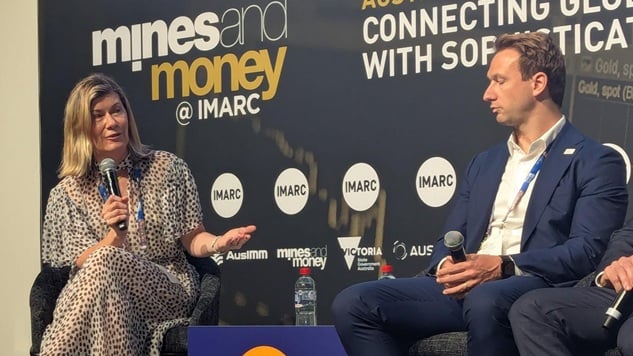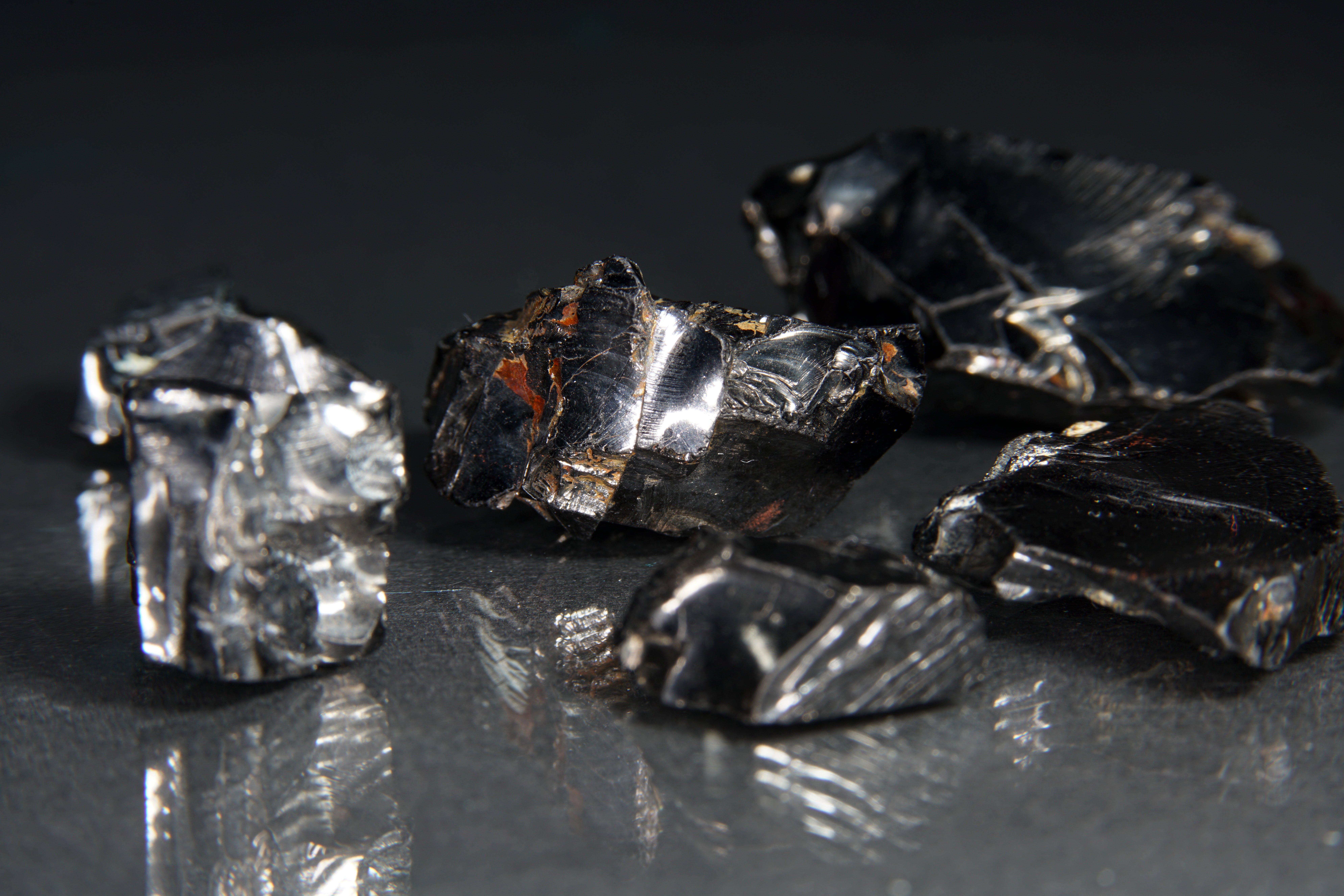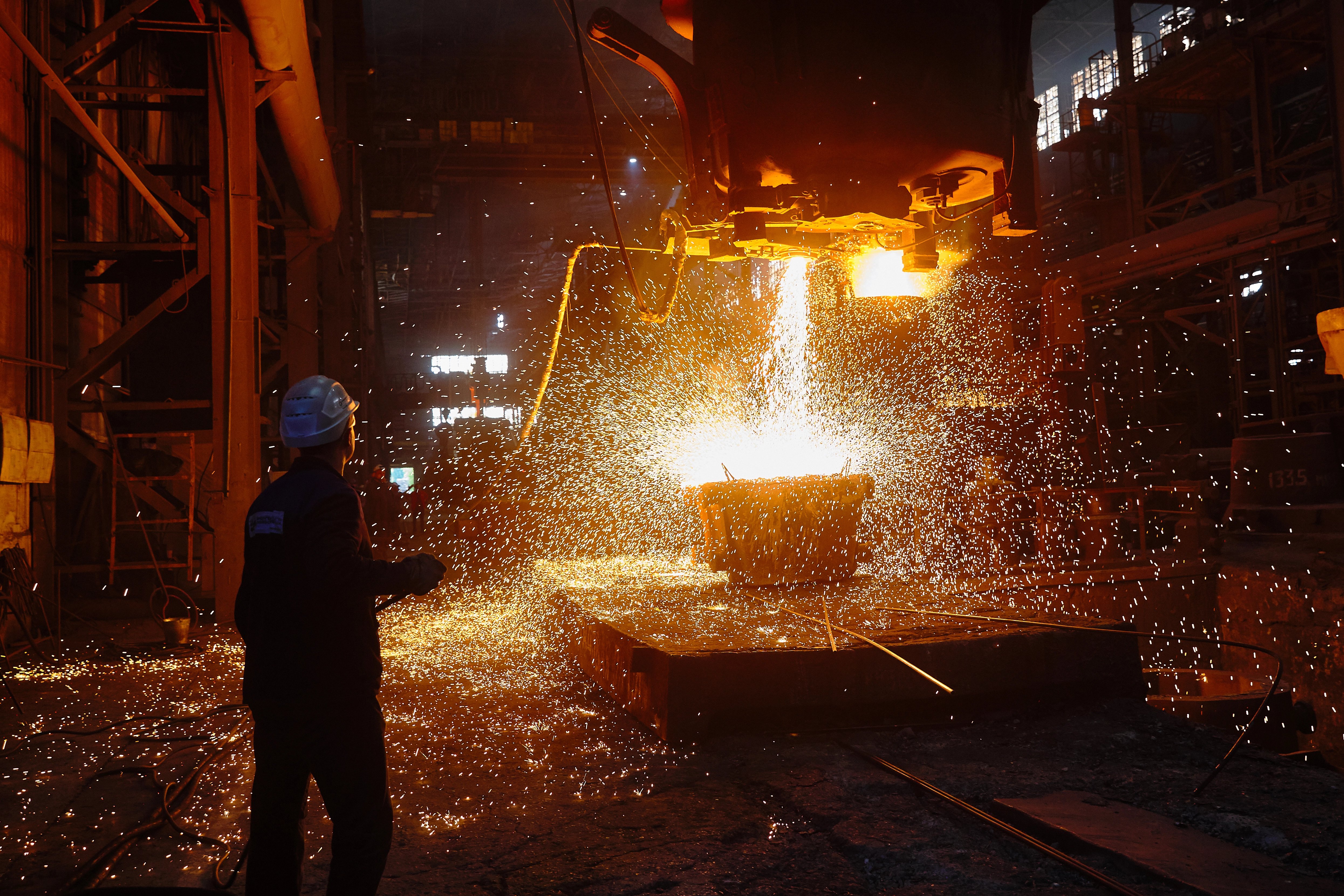At CRU, we pride ourselves on delivering independent, expert intelligence to help our clients navigate complex global markets. That intelligence doesn’t just come from behind a desk alone - it comes from being on the ground, seeing the operations firsthand, engaging directly with industry players, and understanding the unique conditions shaping supply chains. That’s exactly what we, CRU Analysts, Cameron Hughes and Yiwei Yin, did during our recent field visit to Zimbabwe’s lithium industry. The country is the largest lithium producer in Africa and a rising force in the global battery raw materials market.
A Country at the Heart of Global Lithium Supply
Zimbabwe’s lithium story is impressive - the country accounted for over 10% of global supply in 2024, up more than tenfold since 2022. It’s one of the few success stories in a market facing mounting headwinds. However, producers in the region are operating under increasing pressure, with a combination of power constraints, high logistical and tax costs, and complex government policy challenges. These issues are becoming more acute as global lithium prices - down nearly 90% since late 2022 - continue to weigh on margins.
This multi-site visit across the country was instrumental for us to better understand these dynamics in Africa's lithium production and the global lithium industry.
From Kamativi and Sabi Star to Bikita
The first stop was Kamativi, where the Kamativi Mining Company (KMC) team kindly welcomed us with a comprehensive tour of the site. Discussions on the realities of operating in Zimbabwe revealed the tightrope producers must walk - balancing growth potential with regulatory, economic, and infrastructure challenges.
Next, we headed deep into rural Zimbabwe to the Sabi Star mine where we had a close-up look at the processing plant and storage facilities and participated in detailed discussions about both site operations and broader market dynamics. Such in-depth conversations, paired with real-time observation, offer insights that no dataset alone could ever provide.
We wrapped up our trip with a visit to Sinomines’ Bikita mine, where we observed operations from pit to plant once again. Most notably, we were able to witness the community development initiatives driven by the company - including road construction, housing, and schools. These contributions illustrate the broader socio-economic impact of mining in the region and highlight the importance of sustainable development in resource-rich areas.

Why Field Visits Matter
What this trip underscored is simple but vital: there is no substitute for firsthand experience. By speaking directly with operators, walking through pits, and driving through the communities affected by mining, we are able to validate trends, challenge assumptions, and refine our market intelligence with unmatched depth and credibility.
Our clients rely on us for clear, independent, and expert insight. That’s why we go to the source - whether it’s a bustling processing plant in Sabi Star, a legacy mine like Bikita, or the rural communities shaped by mining operations. This is what enables CRU to produce intelligence that truly reflects market realities.
We extend our sincere thanks to everyone who facilitated this unforgettable trip to get closer look of the Zimbabwe’s lithium industry.
As part of our continued efforts to deliver greater value, we’re expanding our Lithium Asset Service to provide full coverage of brine mining and refining operations, as well as pegmatite mines. Delivered via the CRU Asset Platform, the service offers robust, standardised data to support benchmarking, strategic planning and investment analysis.
Subscribers can book a session with our Customer Success team to explore how to access this expanded service and maximise its value within your current subscription.
Not yet a subscriber?
Learn more about Our Asset Services to gain detailed insight into the costs, emissions, valuations and performance of over 4,500 mining, metals and fertilizer sites globally. You can also explore our Battery Value Chain Service for first-hand analysis and a mine-to-market view from CRU’s Battery Metals team.

















